Manali in Hindi means the ‘Home of Manu’. It is believed that after the great flood receeded Rishi Manu and the other Gods were brought to safe ground by a fish, pill believed to be the seventh avatar of Vishnu. The area we are talking about is present day Manali.
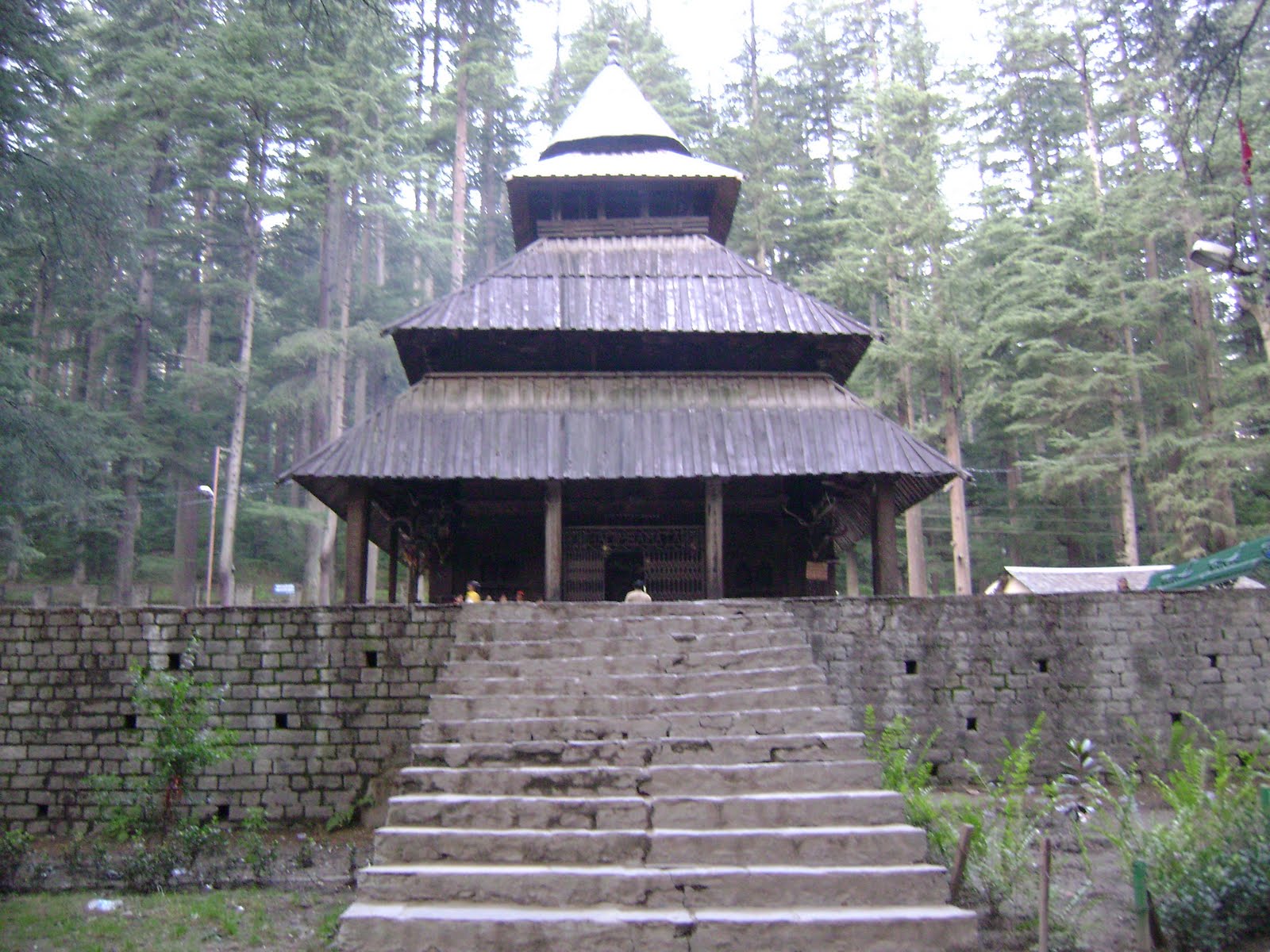
Manali and its Gods and Goddesses are held in high esteem by the Hindus in India. Hadimba Devi or Dhungri Mata as she is popularly called, and is one such Goddess who is believed to protect and look after the people of this region. A trip to Manali is incomplete without paying respect to her, at her snactuary in the small town of Dhungri. Her temple is surrounded by a thick forest of deodars and is called Dhungri Van.
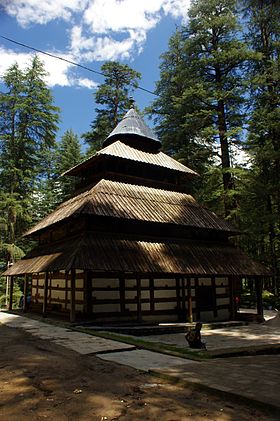
This sanctuary for her to meditate was built by Maharaja Bahadur Singh in 1553, and is located over a gigantic rock that is seen jutting out of the ground. She is believed to be the ‘Hill Mother’, a manifestation of Goddess Durga, a kind ruler.
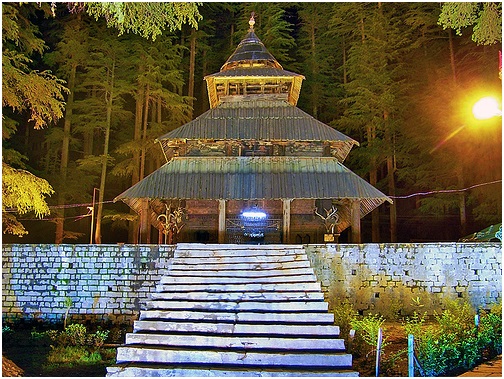
The temple can be accessed easily by car, cab or bus. The first thing that strikes you once you enter the premises is the quiet, and the energy all around. One look towards the sky and you will actually feel the trees standing proud, honored to be in the proximity of the Goddess. Although the temple is open all year round from 5am to 8pm, the best season to visit is in April to June. We visited the temple in June and were not surprised to see a long line of tourists waiting for darshan. Visitors need to go around the temple before allowed entry inside it. There is no provision for safekeeping of your shoes and unlike other temples no place to wash your hands after taking them off.
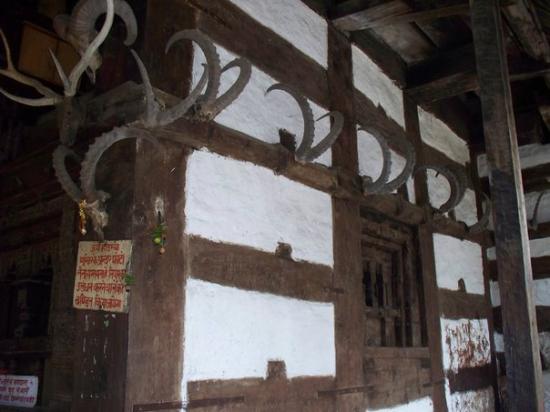
The walls are still kacha, and thankfully no smart bureaucrat dared to give it a modern makeover. You can see huge logs of trees that were used to build the basic framework of the temple. There are carvings of animals and birds on the windows and doors. Also see animal trophies still adorning the outer walls of the temple.
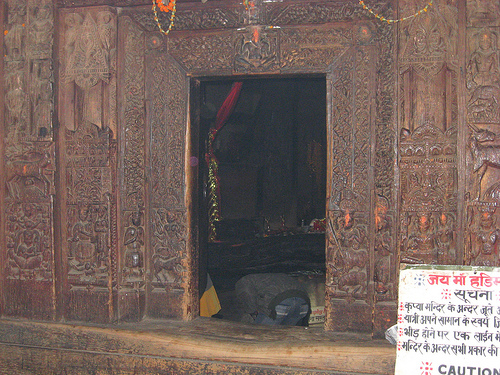
Once inside the sanctum the simplicity of the interiors will take you by surprise. The inside has a huge rock formation and the only space being used is the ground floor. There is a small brass statue of the deity, inside the sanctum. Compared to her aggressiveness the statue is no match. There is a rope that can be seen dangling from the ridge, which is believed to have been, used earlier to hang victim in front of the Goddess. You are allowed to kneel down and seek blessings from what are supposed to be the footprints of the Goddess herself. As elsewhere no photography is allowed.
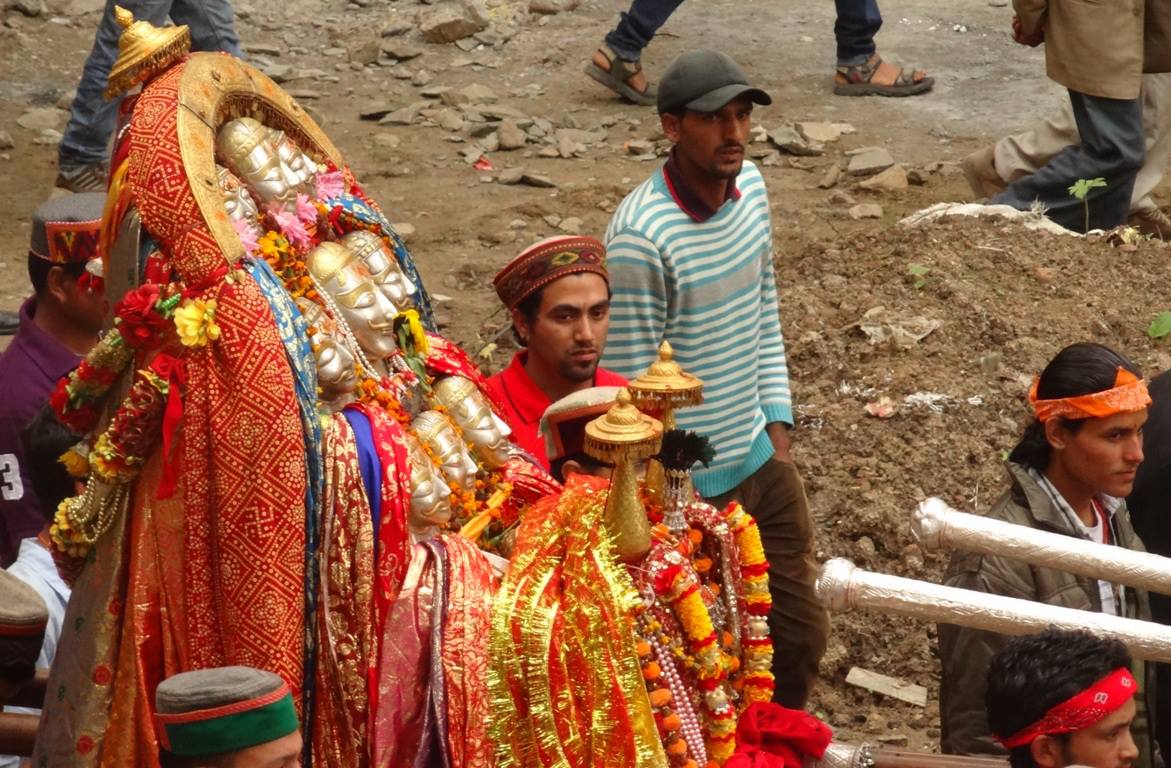
The palanquin of the Goddess, which is brought out every Dussehra is made out of wood that is covered with gold. It also has peculiar parasol in gold, shaped in a semi circle. If you can get up close you will be able to see the faces of Hadimba Mata and of Manu Rishi engraved on it. Outside the temple you will see a flag pole made out of the wood of a walnut tree. Every year her palanquin leans towards a particular tree, and its wood is chosen for making the pole.
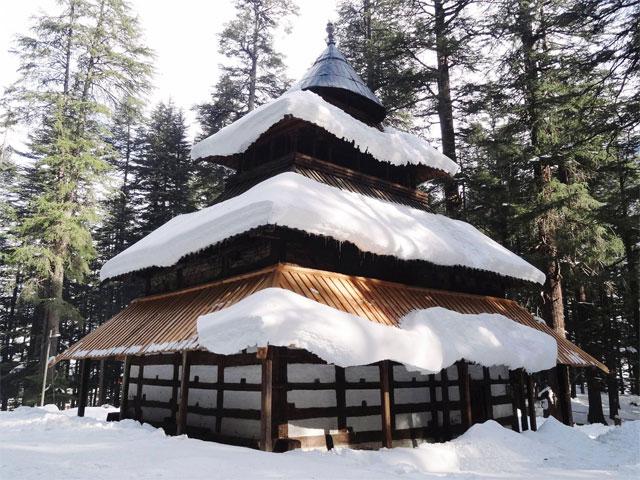
The architecture of the temple is pagoda style and it has four storeys. The present day structure was built by the king on request by the Goddess, as a forest fire razed the original structure to the ground. The total height of the tower is 24meteres and the three distinctly visible storeys are covered with tiles of timber and the roof on the top is made of metal. There is a legend which states that the right hand of the artisan who built this temple was cut off after the temple was complete. But so determined and confident was he of his skill that he built the magnificent Trilokinath temple in Chamba with his left hand.
Hadimba was a demon, who fell in love with Bhim, one of the five Pandavas when they were in exile. In order to marry her Bhim had to first kill her brother Hadimb, together they bore a mighty warrior son called Ghatotkach. Bhim joined his family after spending almost a year of marital bliss with her. Once Ghatotkach was able to run the affairs of the kingdom, Hadimba decided to spend the rest of her life in meditation, and chose Dhungri van for it.
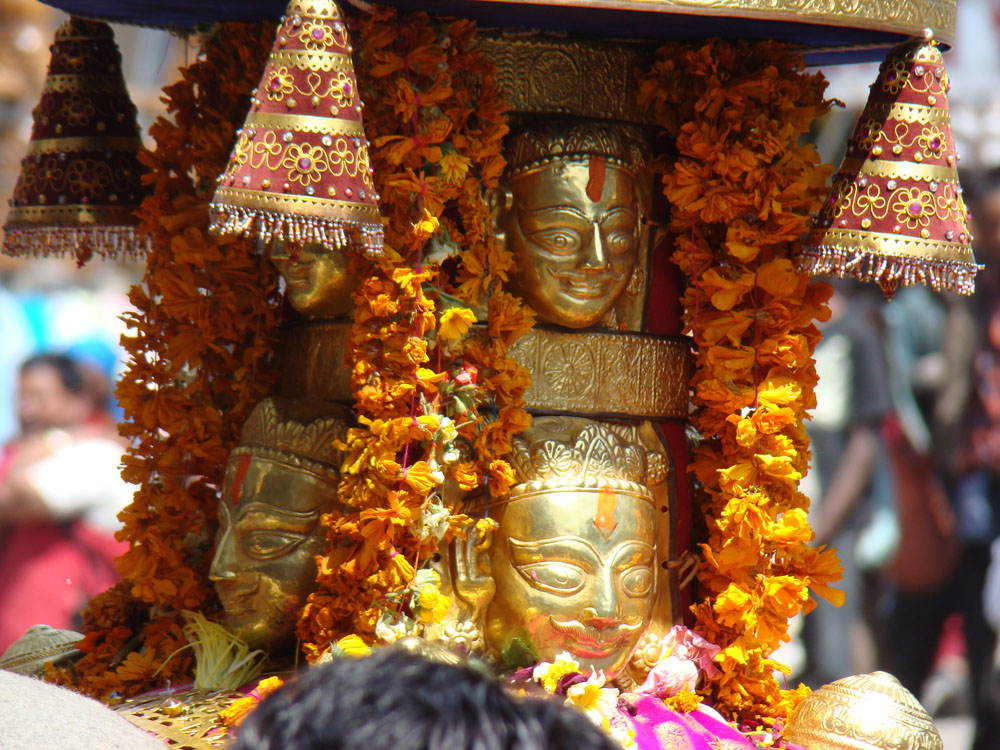
There are three prominent fairs that are held here every year. The first is held in the month of Sravan in fond memory of Raja Bhadur Singh and is called Bahadur Singh Re Jatar. The birthday of the Goddess is celebrated every year on the 14th of May and is a huge affair. Women and men folk from the close-by regions come out in their best attires to join the festivities. Rice bear flows all around and there is music and dancing. In the mid of July the Kali festival is held, when the idol of the Goddess is brought from the temple in Old Manali. The gurs of many villages and their devtas are invited for what some might call a frenzy of celebrations. There are often un-confirmed reports of animal sacrifices on this occasion. It is not an occasion for the faint hearted.
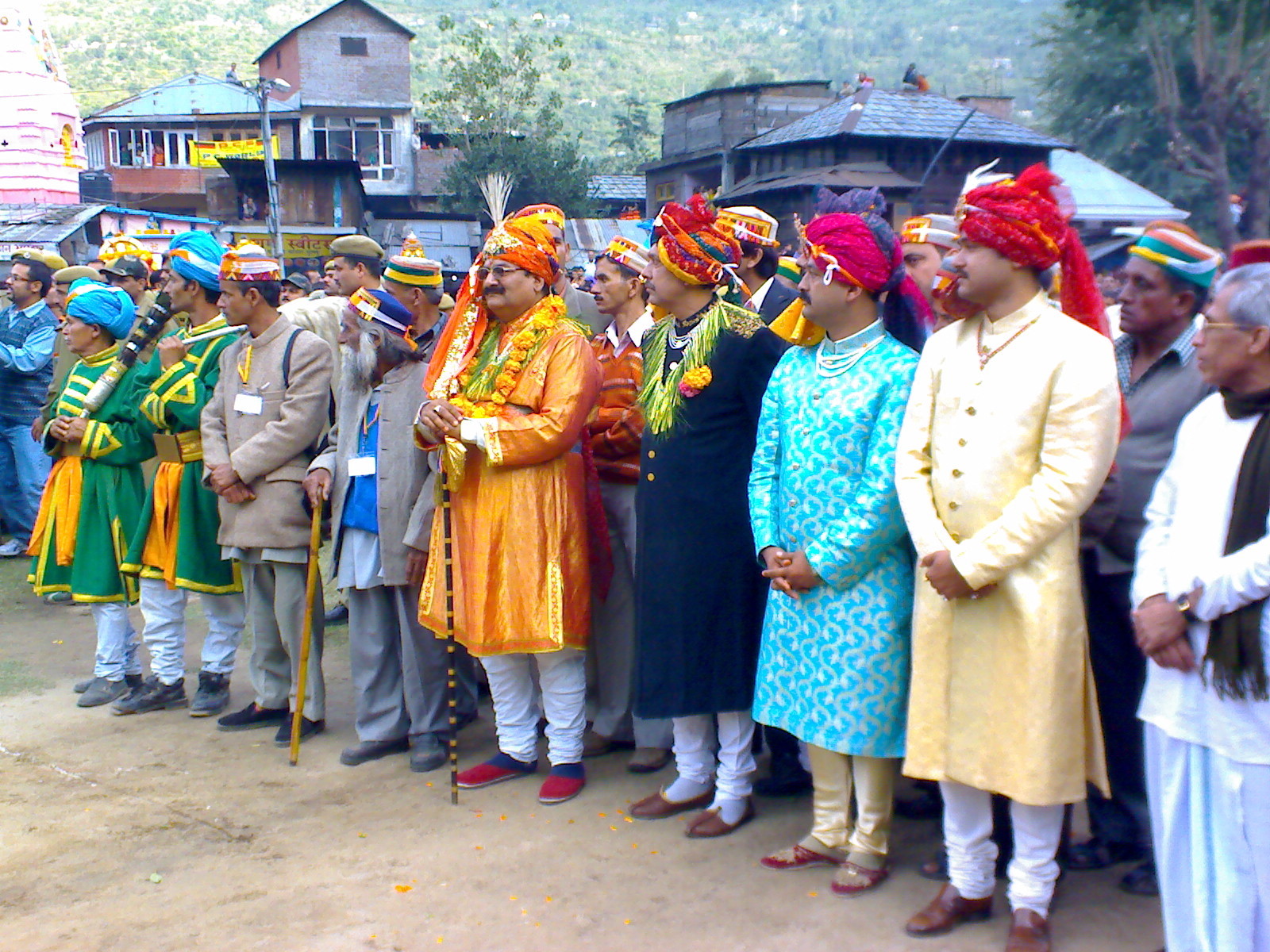
Hadimba Mata is supposed to be the family Goddess of the royal family of Kullu. Hence, no coronation ceremony can be conducted without taking prior permission from her. The Raja of Kulu has to take her approval before any tilak ceremony. The world famous Kullu Dussehra which commences on Vijay Dashmi, witnesses the celestial event of the Goddess Hadimba travelling from Manali to Kullu. She is greeted at the entrance of Kullu with the royal stick and then escorted to the royal palace. After she finishes blessing the royal family, she then travels to Dhalpur. The celebrations of Dussehra only begin after the idol of Raghunathji is saddled around the Goddess before being placed in the chariot. This ritual for blessing the ceremonial horse is called ‘ Ghor Pooja’.

To sum it up the temple is dedicated to a simple hill woman who fell in love with a prince, only to find out later that her existence had a much deeper meaning than she had ever imagined. The visit to the temple left us spell bounded and rejuvenated with the positive energy we felt all around. Remember to seek her blessings next time you are in Manali, and do behave like a responsible tourist by maintaining silence and decorum.
